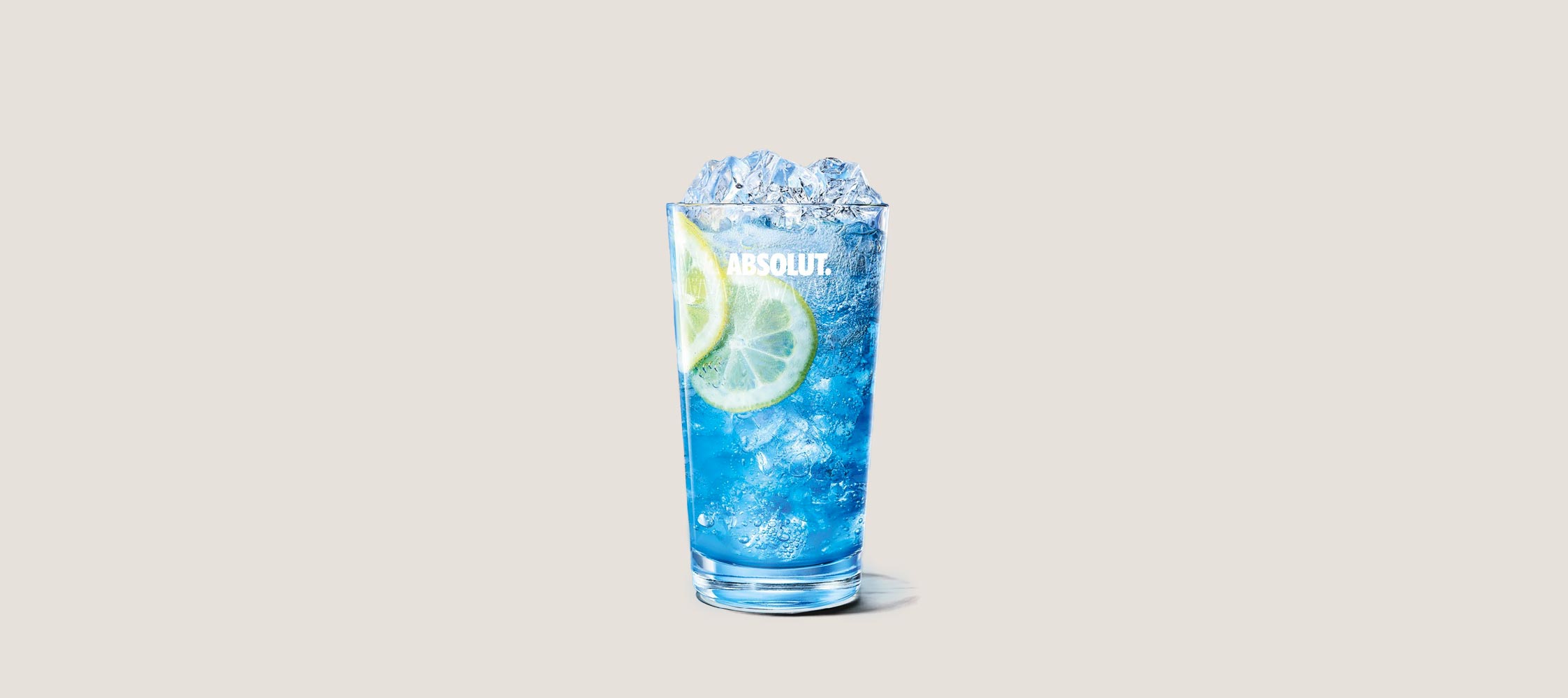Selected Project:
Libresse
How to double the growth of an online community
by changing one little detail.
Summary:
Results:
· 99% better conversion.
· 99% better user retention.
Type of Project:
Branded community for young women.
Delivered:
· Design changes for one page.
Length of Project:
3 weeks.
Team:
Joel Marsh and one front-end developer.
Joel’s Roles:
Data analysis and UX design.
Fun Fact:
The client was initially skeptical about data analysis as a design tool, and only allowed us to try this fix because it was quick and easy.
Context:
This case was one of those projects where you know you’re doing something good for the world, and it’s also the case that generated the most improvement from the smallest change. The key was changing the right little thing, and having the confidence to let “the business” be secondary to the user needs.
It was 2011.
Girls 1st was an online community/forum created by Libresse, to give young women a place to discuss their first experience with menstruation, and ask all the related emotional and physical questions they had. A delicate topic to be sure, and it came with a lot of privacy considerations, but it was a really nice thing to work on. And of course, Libresse was the right brand to do it.
When we were given the project, the community was already online and running, and was popular with the girls that used it. The problem was that it also wasn’t growing, and the retention numbers were slowly getting worse.
It’s odd to have such positive feedback and have a lack of user growth at the same time, but the behavioral data told us exactly what to fix.
By changing one page, registrations and retention both improved by 99% within a week, and 6 months later the improvement remained.
Problem:
Good user feedback and a lack of growth at the same time.
Solution:
Pave a cow path.
The big question at the beginning of this project was: how can users love something but still not register or come back very often?
By analysing user behavior patterns in the data, we discovered that all the engagement happened in one section of the site: the forum. If new users found the forums on their own, they registered, came back, and were highly likely to visit again and again. If they didn’t find the forums, they would usually leave forever.
The cause of the problem was simple. The site also needed to showcase a lot of other content that was important to the business, but that content was luring users away from the forum before they found it.
However, the most interesting part was the behavior of return users. Since they already knew that the “good part” was deep in the site, they would navigate to it directly first, and then explore the rest of the site. So ironically, ignoring the rest of the site made users see more of it, over time.
We created a big, obvious link to the forum on the start page, and highlighted the most popular forum content.
One little change and voila! Solved!
The project took 3 weeks, but the actual change happened in a day, and the results were clear immediately.
The solution was actually an old idea. So old that there is an expression for it: paving a cow path.
Have you ever seen a path that cuts across a public yard or a field, even though there is a perfectly good sidewalk that goes to the same place? Of course! We all take a shortcut if we can, and so do cows. That path, formed by many people (or cows) taking the same shortcut is called a cow path.
A cow path indicates that the designer of the official path was inefficient. There was a better design, but they missed it.
When you pave a cow path, you just make the unofficial path into an official path, and everyone’s lives get a little simpler. Which is exactly how Libresse’s problem was solved.
We learned from users that found the path to the forums, and made that path more obvious for everyone else.
Most new visitors were now very likely to discover the forums, so they registered and came back more often, and were highly likely to stay for longer each time.
Registrations and retention doubled within a week (+99% for both), and 6 months later both metrics were still at the new-and-improved level.











